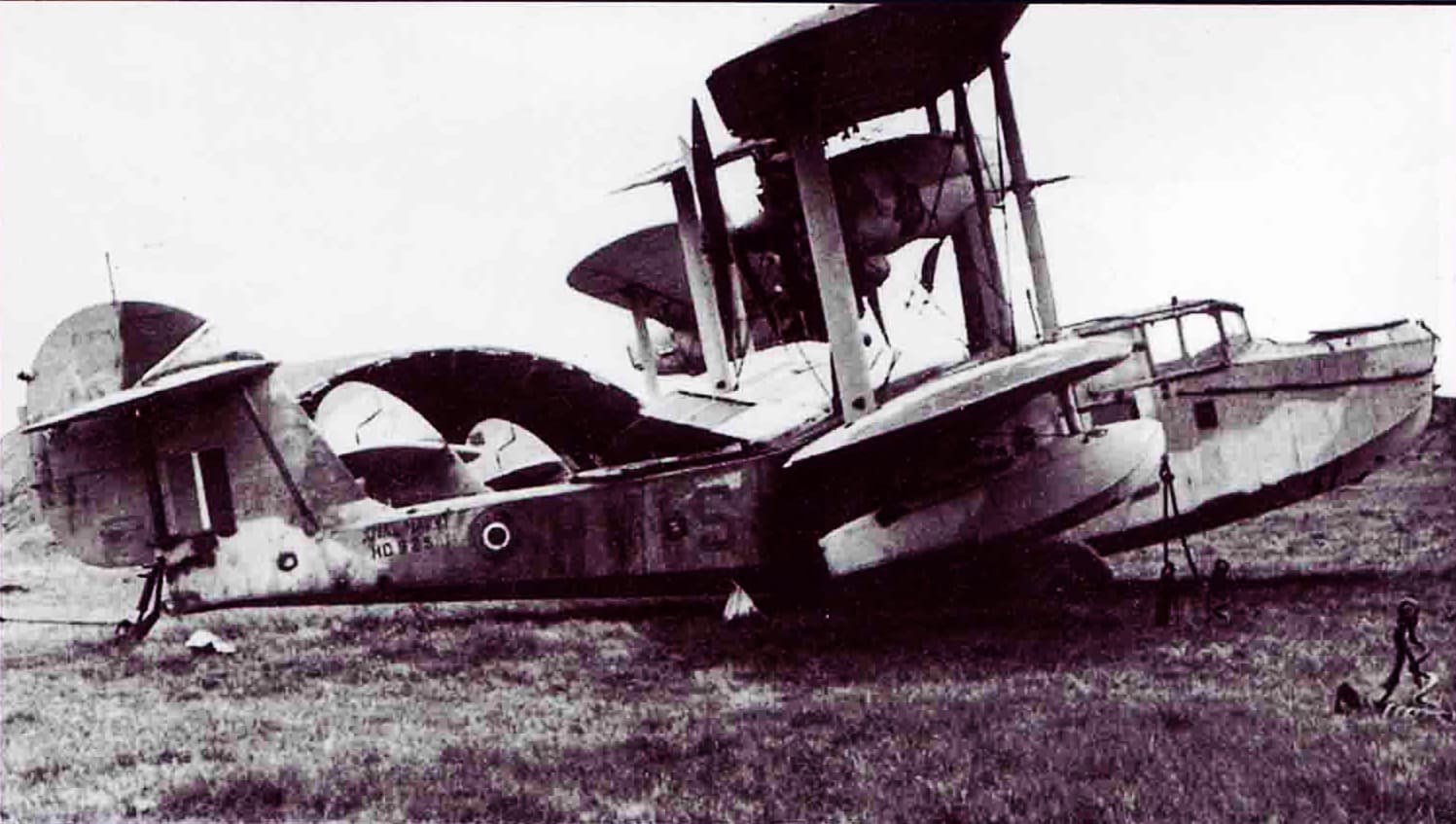- Yes
- No
Supermarine Walrus Mk.II
Vehicle Description:
With the Walrus Mk.I have served well in both RAF and FAA service, it would be inevitable that more orders would be made. Unfortunately, the all-metal fuselage construction of the Walrus Mk.I would cut into precious materials needed for other airframes. Not wanting to cut off supply of new Walrus aircraft, and to maintain supplies, a new modified version of the Walrus would be manufactured by the subcontractor Saunders-Roe, who were currently manufacturing an order of Mk.I Walruses that Supermarine could not complete due to commitments with Spitfire production.
This meant that Saunders-Roe had the tooling to manufacture Walruses, so they modified the design to accept more wooden components, which both simplified repair of aircraft, whilst also not cutting into aluminium required for more modern airframes. The first prototype with these war economy-driven design changes first flew in May of 1940, though the airframe was heavier then the more lightweight Mk.I. To offset this the 750 hp Bristol Pegasus VI was modified to give an additional 25hp, offsetting the gain in weight, and giving the Mk.II identical performance to the Mk.I, allowing it to retain its armament from the previous iteration. Other changes included a rubber rear wheel to reduce noise on runway landings, along with minor alterations to the forward gun position to make it more prominent. In total 191 wooden-hulled Mk.II would be made by Saunders-Roe before manufacturing ended in 1944, and the Mk.II would serve synonymously with the more common Mk.I, until the type was withdrawn during the direct post-war period.
Vehicle Specification:
General characteristics
Crew: 3
Length: 37 ft 7 in (11.46 m) on wheels
Wingspan: 45 ft 10 in (13.97 m)
Height: 15 ft 3 in (4.65 m) on wheels
Wing area: 610 sq ft (57 m2)
Empty weight: 4,900 lb (2,223 kg)
Gross weight: 7,200 lb (3,266 kg)
Max takeoff weight: 8,050 lb (3,651 kg)
Powerplant: 1 × Bristol Pegasus VI 9-cylinder air-cooled radial piston engine, 775 hp
Propellers: 4-bladed wooden fixed-pitch pusher propeller
Performance
Maximum speed: 135 mph (217 km/h, 117 kn) at 4,750 ft (1,448 m)
Cruise speed: 92 mph (148 km/h, 80 kn) * Alighting speed: 57 mph (50 kn; 92 km/h)
Range: 600 mi (970 km, 520 nmi) at cruise
Service ceiling: 18,500 ft (5,600 m)
Rate of climb: 1,050 ft/min (5.3 m/s)
Time to altitude: 10,000 ft (3,000 m) in 12 minutes 30 seconds
Wing loading: 11.8 lb/sq ft (58 kg/m2)
Power/mass: 0.094 hp/lb (0.155 kW/kg)
Armament
Guns: 3 × .303 in (7.7 mm) Vickers G.O. machine guns (one in nose, two in aft turret)
Bombs:
6 × 100 lb (45 kg) bombs
2 × 250 lb (110 kg) bombs
2 × 250 lb (110 kg) Mk.VIII depth charges
or any of the other presets outlined here from figure 127A from the full aircraft manual PDF linked in the sources below:



Historical Photos:

Sources:
- Supermarine Walrus (History of type)
- https://www.seawings.co.uk/images/manuals/Walrus%20Manual/Supermarine%20Walrus%20Mk.I%20&%20II%20Manual-(Redu-v5).pdf (Full manual pdf for aircraft)
- Supermarine Walrus - Wikipedia (Wikipage for the type)
- Supermarine Walrus (More history)
- https://pacificeagles.net/supermarine-walrus/ (more history/spec)
- https://www.faaaa.asn.au/wp-content/uploads/2017/09/WALRUS-F_2017_10.pdf (Flypast article for the Walrus in service)




